The Dwarika's Experiences
Discover the Spirit of Nepal - Where Timeless Architecture and Local Traditions Unite.
Our experiences offer a gateway to Kathmandu’s hidden secrets. Whether within the Dwarika’s own architectural restoration workshop or in the vibrant surroundings of the city filled with UNESCO world heritage sites, our curated experiences build an intimate connection to the essence of Nepal.
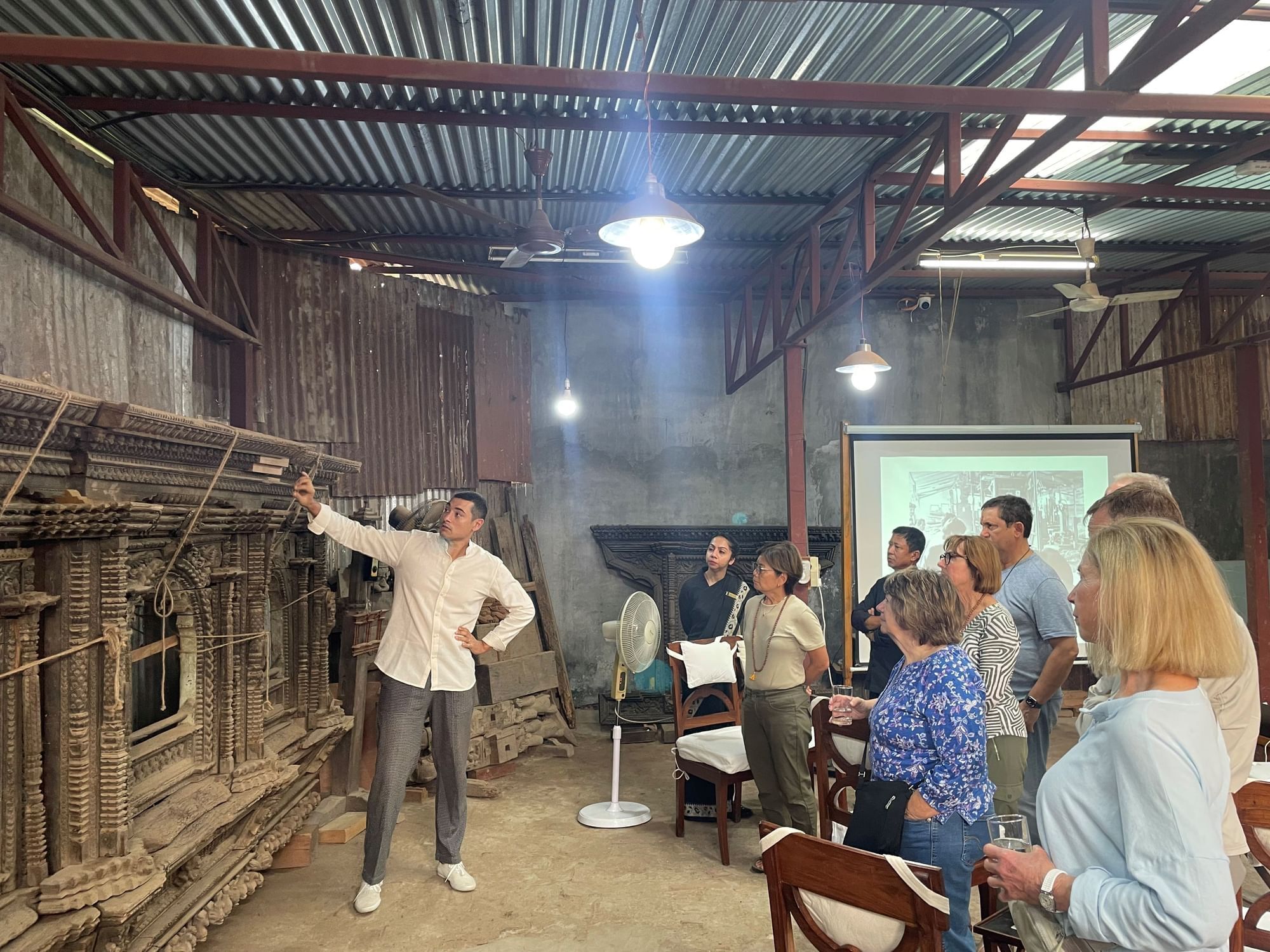
Restoration Workshop Visit
Join Vijay, the grandson of our founder Dwarika Das Shrestha, for tea at the restoration workshop — the very heart of The Dwarika’s. Here, the intricate wooden beams, windows, and architectural details that define the soul of the property are carefully restored and preserved by skilled artisans.
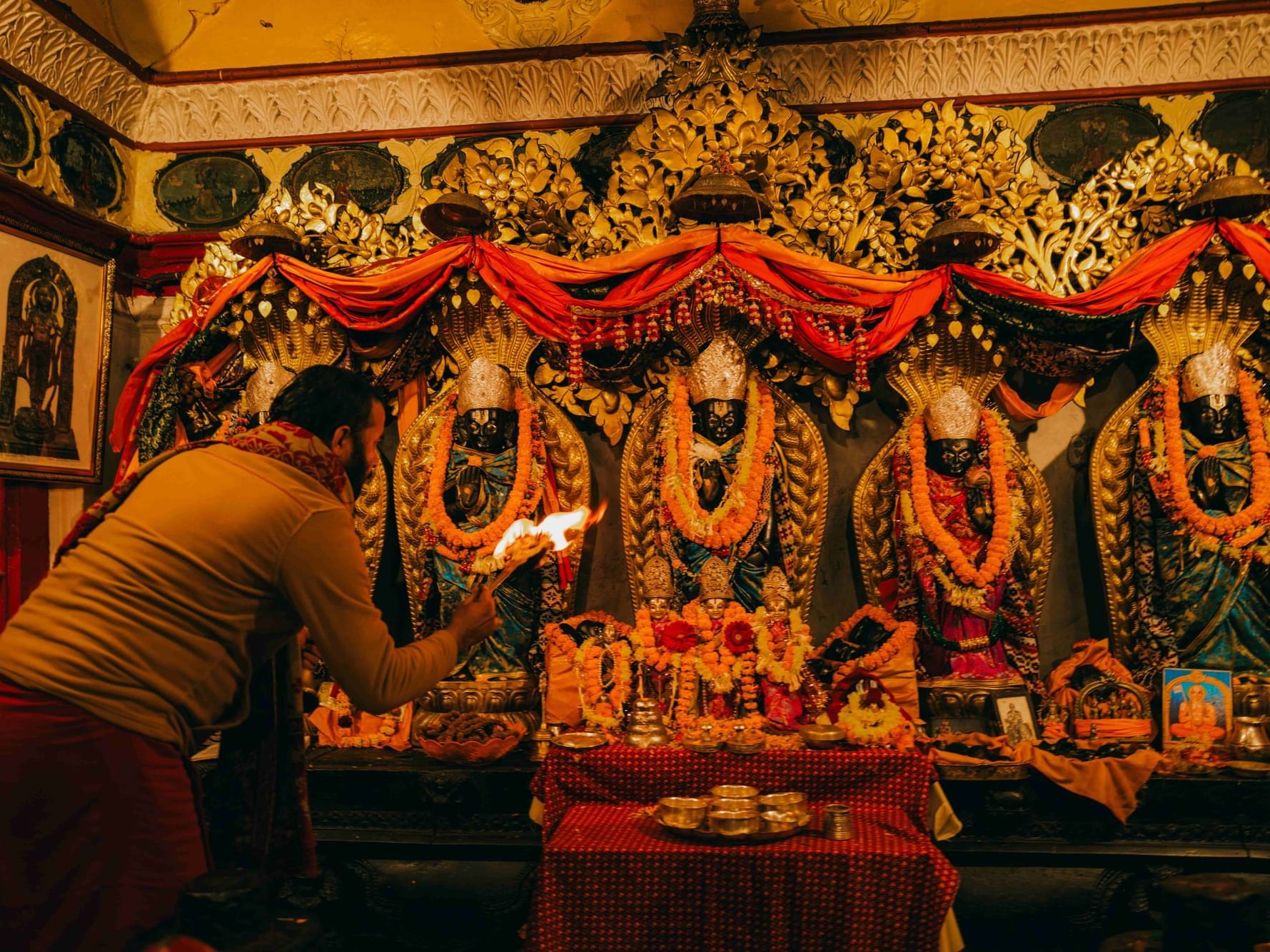
Arati at unexplored temple
Experience a short walk to a serene 150-year-old temple, where intricate carvings and a sacred Aarti ceremony create a deeply spiritual experience.
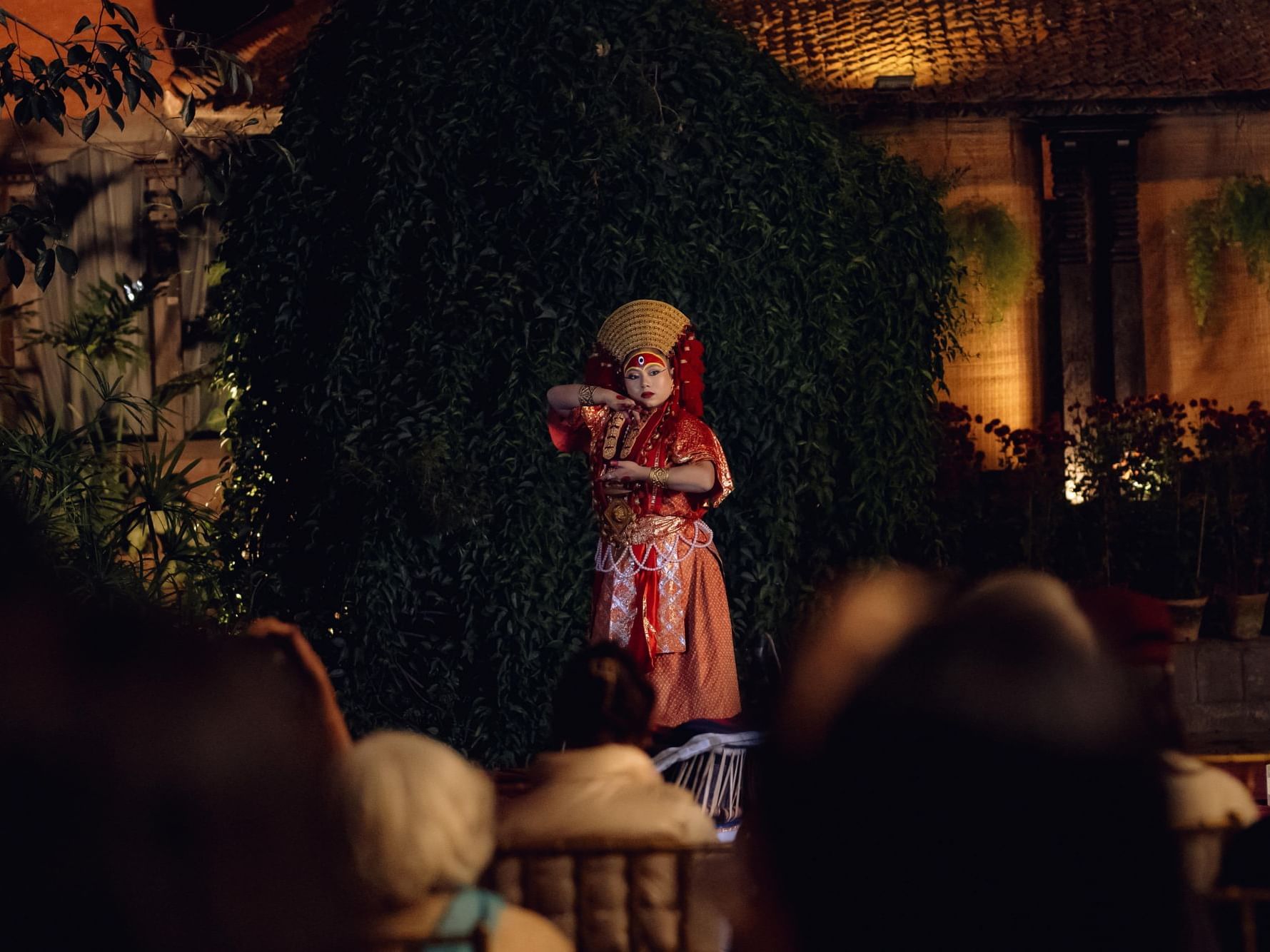
Concert at courtyard
Renowned for crafting unique themed dinners and evocative experiences, The Dwarika’s Hotel offers incentive groups an unparalleled journey into the heart of Nepalese culture. Each experience is thoughtfully curated, drawing inspiration from Nepal’s vibrant festivals, rich culinary traditions, and the soulful artistry of its music and dance.
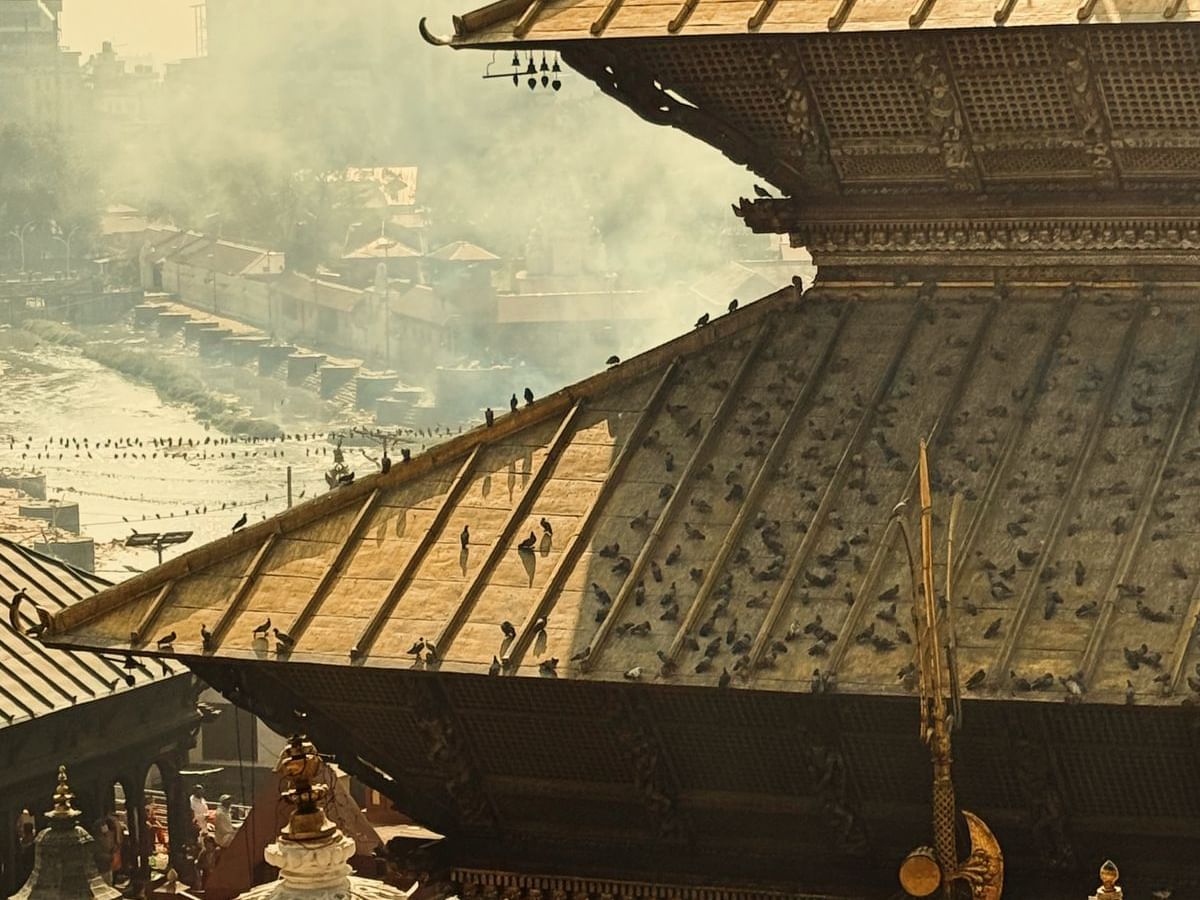
Pashupatinath Walk
In the calm of the early morning, we'll set out on a walk to the iconic Pashupatinath, one of the holiest sites in Hinduism and a UNESCO World Heritage Site.
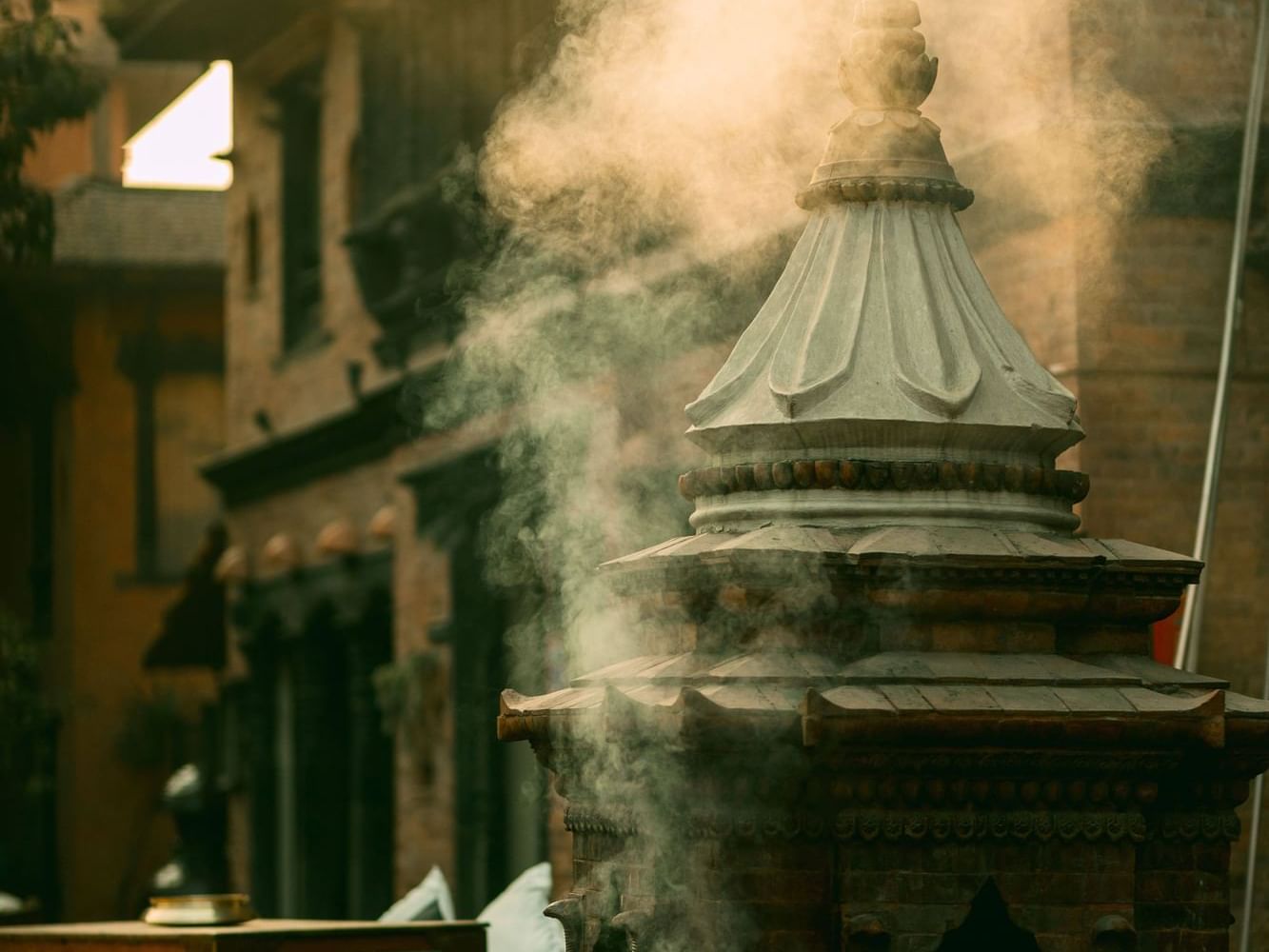
Nitya Puja
Partake in the daily Nitya Puja, a sacred Hindu prayer ritual held at Dwarika's Hotel every morning from 8 am to 9 am. Witness the dedication to Lord Ganesh and Lord Shiva, immersing yourself in the spiritual essence of the ceremony.